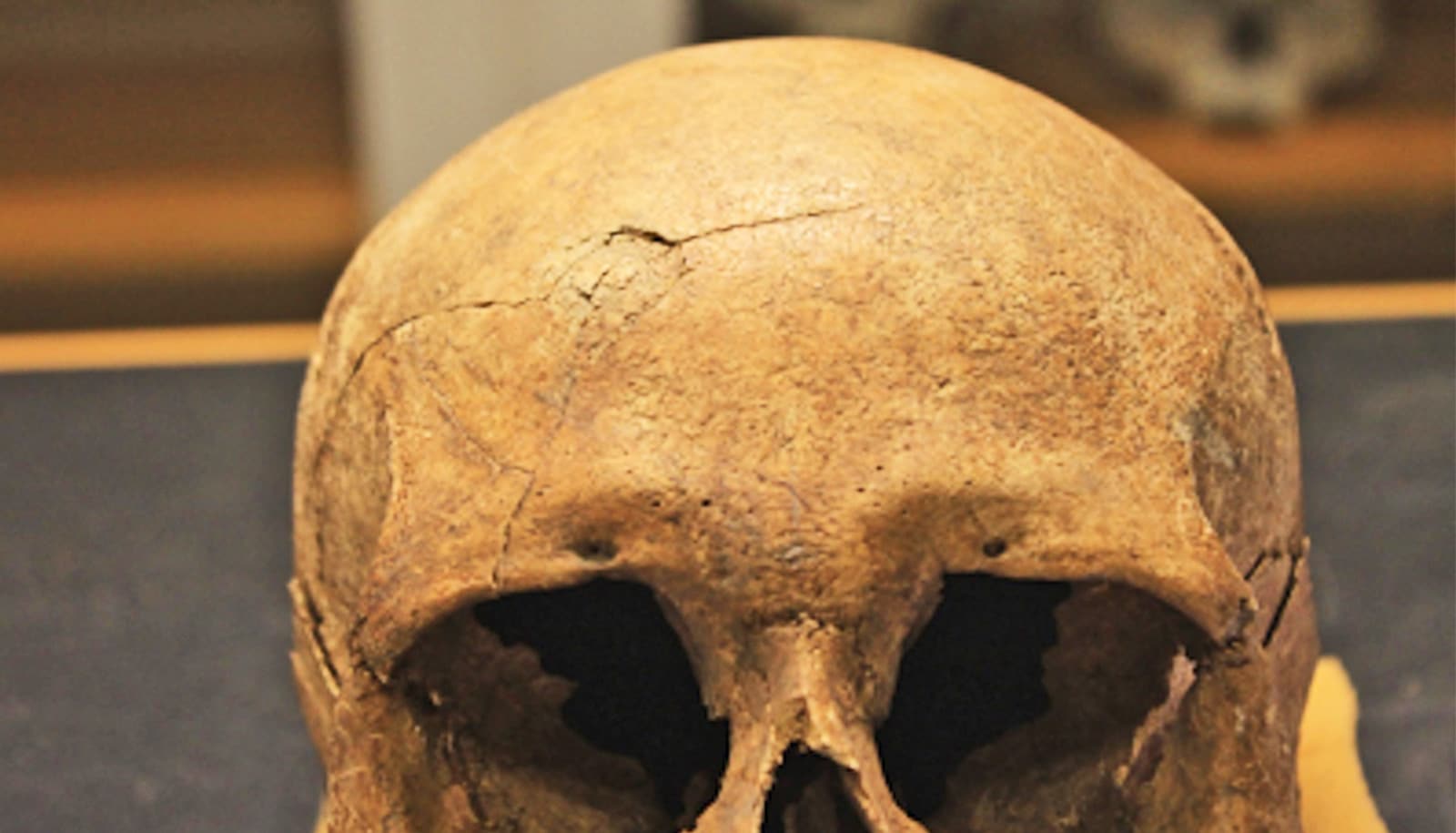A new class of clay nanoparticles can direct stem cells to become bone or cartilage cells, report researchers.
Human stem cells have shown potential in medicine as they can transform into various specialized cell types such as bone and cartilage cells.
These nanoparticles are shaped like flaxseeds, but are 10,000,000,000X smaller.
The current approach to obtain such specialized cells is involves subjecting stem cells to specialized instructive protein molecules known as growth factors. However, use of growth factors in the human body can generate harmful effects including unwanted tissue growth, such as a tumor.
Akhilesh Gaharwar, assistant professor in the biomedical engineering department at Texas A&M University, and his students have demonstrated that a specific type of two-dimensional nanoparticles, also known as nanosilicates, can grow bone and cartilage tissue from stem cells in the absence of growth factors. These nanoparticles are similar to flaxseed in shape, but 10 billion times smaller.
Two-dimensional nanomaterials have gained increasing popularity over a variety of fields, such as energy, optics, and regenerative engineering, due to their extremely small size and unique shape. These nanoparticles consist of highly organized atomic layers made from minerals. The minerals are abundantly present within the human body and help in some vital functions.
“To understand how these nanoparticles interact with stem cells, we utilized a next-generation sequencing technique called RNA-seq,” says Irtisha Singh, a computational biologist from Weill Cornell Medicine at Cornell University and corresponding author of the paper. “RNA-seq takes a snapshot of gene activity of the cell at any given moment. This is similar to taking a high-resolution photo during the Super Bowl and identifying the reaction of every fan during the touchdown.”
RNA-seq uses next-generation sequencing (NGS) to reveal the presence and quantity of RNA in a biological sample at a given moment. For example, cell-nanoparticle interactions can result in significant change in cellular behavior that can be observed by using this technique.
“This technique is very sensitive to investigate the interaction of a wide variety of nanomaterials with cells,” says Jake Carrow, a doctoral candidate in Gaharwar’s lab and co-first author of the study. “With this combination of nanotechnology and computational biology, we can better understand how a material’s chemistry, shape, and size can contribute to cell functions.”
From this study, nanosilicates demonstrated some very interesting capabilities when researchers applied them to adult human stem cells. These cells presented signaling typically observed during regeneration of bone and cartilage. This indicates a great deal of potential for these nanoparticles as a possible therapy against osteoarthritis among other orthopedic injuries.
Boys with asthma more likely to break bones
Researchers believe this cellular response originates from the unique physical and chemical composition of the nanoparticles. This premise of mineral-based particles affecting cell behavior has opened the doors to the development of new class of therapies.
“The ability to customize a therapy to a specific tissue, simply by changing the mineral content within the nanoparticle, presents a great potential within the field of regenerative engineering,” says Lauren Cross, co-first author on the publication. “We believe this new field of ‘mineralomics’ can provide a viable alternative compared to the current treatments existing today.”
The researchers report their findings in the Proceedings of the National Academy of Sciences.
The National Institute of Biomedical Imaging and Bioengineering funded the research.
Source: Lorian Hopcus for Texas A&M University



